“Oh my gosh. I can’t believe it. Just look at that view,” I said, in awe of the vista we were driving by in the south of France.
“Yup. I’m sure it’s nice. I’ll take your word for it,” muttered Mum between clenched teeth, eyes tightly closed while squeezing the door handle.
As we navigated yet another switchback up the winding cliffs above Toulon, the passenger seat where Mum was sitting once again faced the hillside. “Okay, Mum. You can open your eyes now,” I said with a bemused smile. She tentatively opened her eyes, one at a time, and breathed out audibly.
I can’t blame her. If I were scared of heights, I might not have fared much better myself. If the impressively winding roads around the south of France weren’t enough, the incredibly narrow width somehow meant to accommodate cars going both ways made the ride harrowing for anybody accustomed to North America’s wide avenues. Add to that the fact that one side of the road entailed a sheer drop with no hope of survival, and Mum’s fear of heights was in high gear.
But the views of the seaside towns in the south of France prevented me from having any such difficulties.
This post was originally published in 2010. It has since been updated for accuracy of links and content.
Our Intro to the South of France
After exploring Paris for five days with our family friend, we took the high-speed train to the south of France to stay with her and her husband at their house in Sanary-Sur-Mer. The architecture and colours reminded me very much of northern Spain, which made sense as we were pretty close. But something about the flavour of the place made it irrefutably – and charmingly – French.
To show off their beautiful corner of the world, our friends and hosts took us on long drives up and down the coast, exploring tiny towns, old castle ruins and churches, and even the top of the highest cliff in France.
As you can imagine, Mum stayed close to the car while we ventured towards the edge to soak in the view and take pictures. “Don’t go too far!” she yelled from her safe vantage point, fearful that a rogue gust of wind might sweep us off the cliff. And although on this hot sunny day we had a better chance of getting sunburned than windswept, when a mistral (wind storm) kicks up, it’s actually possible and the roads close because of it.
Southern France Market Culture
On much lower terra firma, a highlight for me was the market. During the summer, there is a small farmers market perched on the wharf in the morning (and by “small”, I mean relatively huge with fresh fish, cheese, fruit, vegetables, olives, baked goods, and more), and an artisan’s market every night from 8pm.
And every Wednesday morning, Sanary-Sur-Mer sees the mother of all markets, with everything from fresh food to clothes to local wines to crepes to crafts on display. We had the even better fortune to be attending the Wednesday market on Bastille Day, with nothing but sunshine and thousands of people to mingle with.
The daily farmers markets are a way of life for the locals, who tend to shop for their meals each day, rather than doing a large grocery run once a week or so (as is typically done in North America). I don’t know how many times I spotted people walking the streets just before mealtime with a couple of baguettes under their arm – both baked and bought (and subsequently consumed) as fresh as it gets. And to buy all the day’s foods fresh (and often locally grown) from the market is very civilized indeed.
‘Gourmet’ – to a T
Our French friends were no exception to the baguette-carrying masses, as every morning we awoke to fresh pastries and saw that at least two baguettes were sitting on the sideboard. They were to be the mainstay of our lunches and dinners, but far from the main attraction.
Lunch every day featured an impressive spread of cold cuts, pates, chesses, spreads, and salads, followed by fresh fruit.
Dinner was a multi-course event that required some degree of patience and pacing, otherwise you would eat too much (as happened regularly, to varying degrees). The first course started with pastis (an anise-based liqueur that you water down and enjoy over ice – very addictive) and at least half a dozen different homemade spreads, olives, and dips (served with crackers and bread of course). Utmost restraint was required for this course; to sample everything once would have been more than enough – but at the same time was never enough.
Next came a variety of main dishes (sometimes served at once, sometimes in waves), prepared and served immaculately, along with a perfectly matched wine.
Following dinner came the cheese platter (with another perfectly paired wine), featuring at least five different kinds of cheese. The cheese varied from cow’s milk, to goat’s milk, to ewe’s milk (a delightfully mild cheese), and fresh to aged and beyond. Oh yes, and of course – more bread to go around.
And we couldn’t possibly roll away from the table without having a delectable dessert and accompanying sweet wine or champagne. Most of the desserts were homemade, save for the day we went to a Patisserie and bought just about every mini cake they had on display and gorged ourselves on chocolate mousse, raspberry tarts, cheesecakes, and a variety of individually-sized sweets.
This gastronomical feast took place over a few hours, and became a highlight of each day, not soon to be forgotten.
Bastille Day Celebrations
Besides the swelled crowds at the market in the morning, we saw no real indication that it was Bastille Day. So that evening, we headed back to the wharf and took our place among the hundreds of gatherers to watch the fireworks.
The 20-minute display of fireworks set on this relatively small cove was impressive, and after the show was done, people immediately and relatively unceremoniously dispersed. Although many stayed on the waterfront to enjoy the market, buskers, and a glass of wine on a patio, many more simply made their way home. This area of the south of France (and I might surmise France in general) is not home to gregarious flag-wavers; patriotic they may be, but overbearing they are not.
We stuck around for a short while to allow the crowds to thin out and to check out other distant fireworks displays in neighbouring towns and bays along the seaside. Then we headed home to enjoy a homemade dessert in celebration of the incredible day – and our glorious journey through southern France.

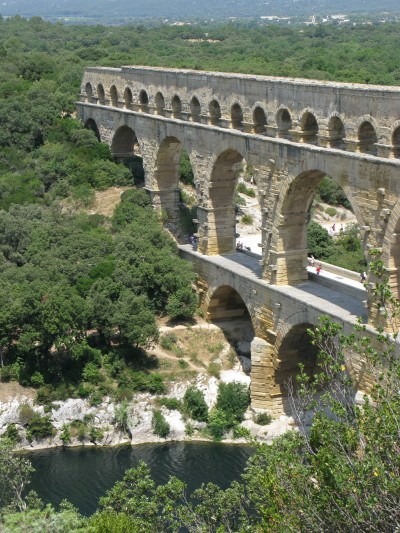
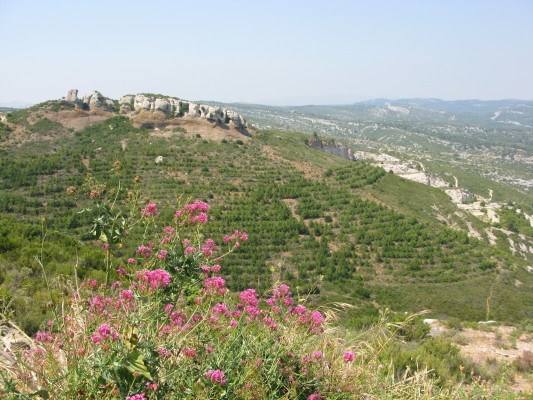
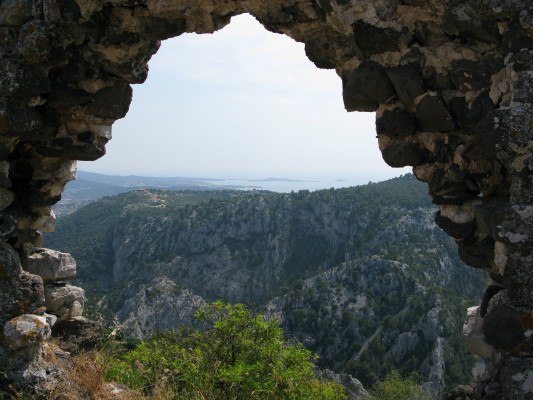
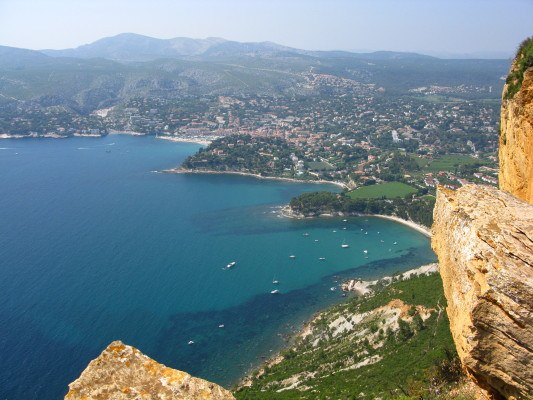
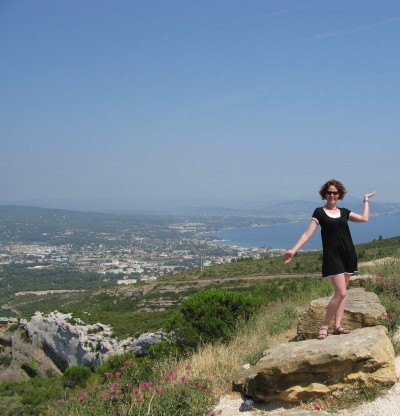
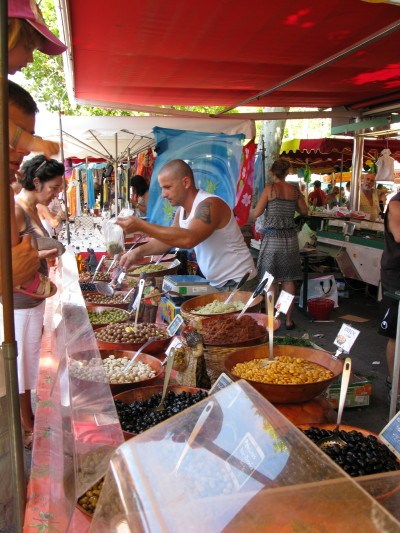
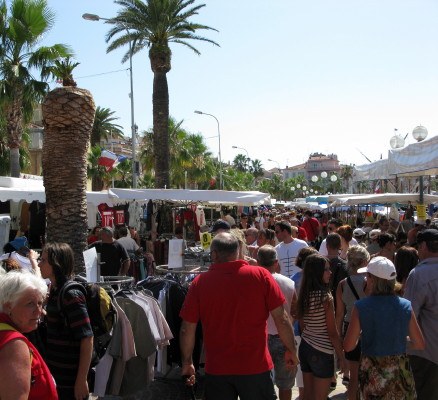
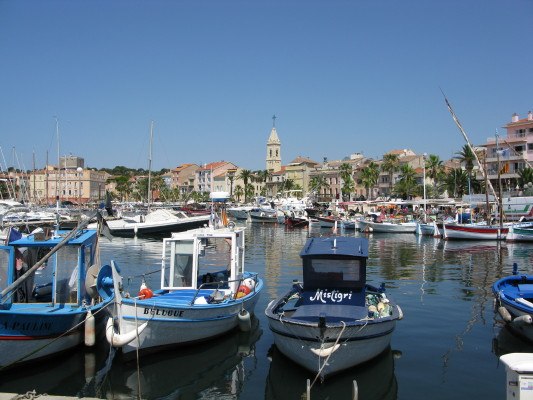

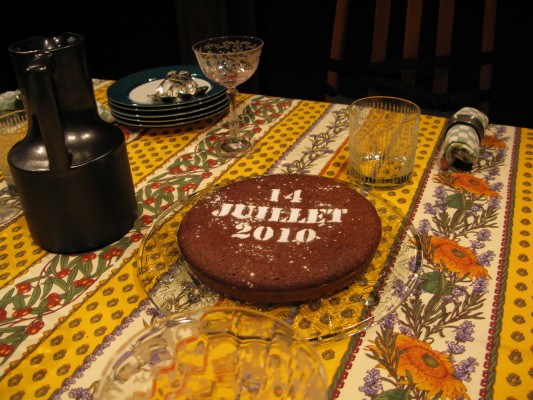

That market sounds like it can’t be beat. Visiting markets on a daily basis to shop for the day’s fresh fruits, veggies, breads, cheese and anything else for dinner is truly the way to do it! Yum.
Johanna
@Johanna – I love markets. Seeing what’s local, what’s popular, and how people interact and transact is how I get a sense for a place. (And it’s a great way to try new things as well)!
It looks so beautiful there, markets are the best. They make me feel so immersed in the local culture. I’m thinking of visiting but I feel like it might be hard to do on a budget.
Hey Maria,
Thanks for digging this article up from deep in my archives! It was a nice opportunity for me to re-read (and re-live) this experience, from so long ago.
To this day, markets are one of my fav ways to explore a destination.